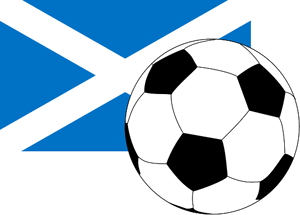 If England is known throughout the world as an arrogant footballing nation, owing to obsession of the national press with the idea that the football team should have a chance at every single tournament despite only having won one more than fifty years ago, what does that make Scotland?
If England is known throughout the world as an arrogant footballing nation, owing to obsession of the national press with the idea that the football team should have a chance at every single tournament despite only having won one more than fifty years ago, what does that make Scotland?
The Scots have a long-standing rivalry with their English counterparts despite being significantly less successful in virtually every respect when it comes to football.
The Scottish Football Association was formed about ten years after the English one in 1872, although football was played in Scotland as early as 1867 when Queens Park was formed.
The Scotland national football team was formed at the same time as the English equivalent, with the two sides playing the first ever international match against each other. The two sides played each other every year in the Home Championships up until 1989 when the competition was abandoned. Scotland won it 24 times outright and shared the title on seventeen occasions, compared to England’s 34 outright wins and twenty shared victories.
Introduction to Scottish Football
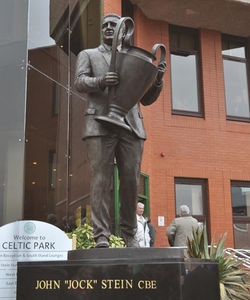
Domestically the Scottish league is something of an odd one. The top-flight is known as the Scottish Premiership and was established in its current form in 2013. Prior to that it was known as the Scottish Premier League and before that it was the Scottish Football League, with the numerous changes to its format coming about, as most things in football do, because of money. It was first established in 1890 and since then has been won by a total of just eleven different teams, and of those eleven sides five of them have won it just once.
The majority of the time the top-flight in Scotland has been dominated by two teams: Celtic and Rangers. The two Glasgow clubs have won the competition more than 100 times between them and the next closest clubs, Aberdeen, Heart of Midlothian and Hibernian, have won it twelve times in total. Sufficed to say, then, that the league is not a particularly competitive one and never has been. There have been sporadic calls over the years for the Scottish teams to play in the English top-flight in much the same way that Welsh teams do, but these calls have also been resisted.
It is, therefore, reasonably unsurprising that Scottish teams have rarely done well in European competitions. Celtic are the only club from North of the border to have won the European Cup, nowadays known as the Champions League, which was a feat they achieved in 1967. Their rivals Rangers won the European Cup Winners’ Cup in 1972 and Aberdeen won both the Cup Winners’ Cup and the Super Cup in 1984.
In this section you’ll learn about the sort of stadiums that you can expect to find in Scotland, some of the history of how football made its way to Scotland in the first place and some information about the Scottish national team. Though famous for whiskey, golf courses and being…sensible with money, there’s a lot more to Scotland than that where the football is concerned.
Scottish Stadiums
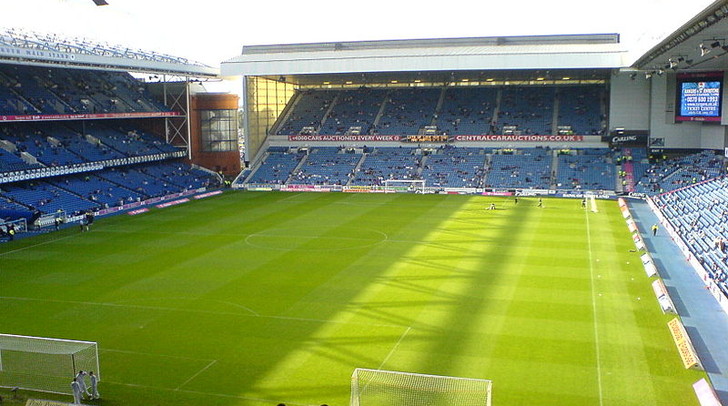
Stadiums in Scotland can often veer from the sublime to the ridiculous. A list of the the top twenty or so of the largest football grounds in Europe will see Celtic Park mentioned, with both Hampden Park and Ibrox not far behind. In fact, Glasgow as a city can house over 150,000 football supporters at any one time in its various stadiums. The top clubs have coliseum-esque grounds to reflect their popularity and the national stadium matches them almost seat-for-seat.
Once you leave the world of the Scottish top-flight, however, you find yourself faced with significantly smaller stadiums whose capacity can range from the 10,000 mark all the way down to less than 500. For all that the best stadiums offer fantastic facilities and an amazing experience for the fans, the lower league grounds tend to be very basic in their set-up with a much less enviable match-going experience.
Scottish Leagues
 It is no exaggeration to suggest that the football league system employed in Scotland could be the most convoluted and complex in Europe, if not the world. There is one national league that is broken down into four divisions and it is this that we are most interested in. That’s because it contains the main leagues in Scotland, namely the Scottish Premiership, the Scottish Championship and the Scottish Leagues One and Two.
It is no exaggeration to suggest that the football league system employed in Scotland could be the most convoluted and complex in Europe, if not the world. There is one national league that is broken down into four divisions and it is this that we are most interested in. That’s because it contains the main leagues in Scotland, namely the Scottish Premiership, the Scottish Championship and the Scottish Leagues One and Two.
Outside of that there are a number of regional leagues, such as the Highland Football League and the Lowland Football League. There are then a further number on unconnected leagues broken down into separate systems or grades. The game is broken up into Senior football, Junior football, Amateur football and Welfare football. There is also both a men’s and a women’s game. It is a fractured set-up that works for Scotland because of the spread-out nature of the country. Recently it has been adjusted to create a ‘pyramid’ structure similar to those employed by other European countries, meaning that theoretically clubs at the bottom of the Scottish football league structure can now progress to the top over time.
Scotland National Team
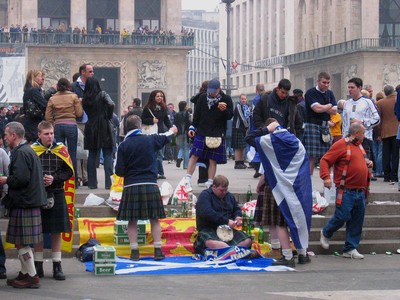
Controlled by the Scottish Football Association, the Scotland national team represents the country of Scotland on the international footballing stage. Or at least it does when it actually qualifies for one of the major international tournaments. There are only really two that they can go for as Scotland aren’t members of the International Olympics Committee and so can’t send the national team to compete in the Olympic Games. Great Britain have sent a team in the past, but the rivalry between the home nations means that this doesn’t happen often.
Instead Scotland are eligible to compete in the World Cup and the European Championships. They’ve qualified for the former eight times and the latter twice. Unfortunately, they have never progressed beyond the group stages of an international tournament, failing to play consistently well enough to challenge the best teams. Instead Scotland have made something of a habit of playing well in one-off games, such as when they played England the year after the Three Lions had won the World Cup and became ‘Unofficial World Champions’ thanks to a 3-2 win at Wembley Stadium in 1967.
Their traditional home is Hampden Park in Glasgow, home of Queens Park, and the fans call themselves The Tartan Army.
Key Stats
| Scotland National Team Statistics | |
|---|---|
| Year Formed | 1872 |
| Home Stadium | Hampden Park |
| Stadium Capacity | 51,866 |
| Major Honours | None |
| Current Manager | Steve Clarke |
| Top Scorer | Kenny Dalglish, Denis Law |
| Most Caps | Kenny Dalglish |
| Best Performance at World Cup | Group Stage (1954, 1958, 1974, 1978, 1982, 1986, 1990, 1998) |
| Best Performance at European Championships | Group Stage (1992, 1996) |
| Kit Colours | Blue and White (Home), Pink and Black (Away) |
History Of Football In Scotland
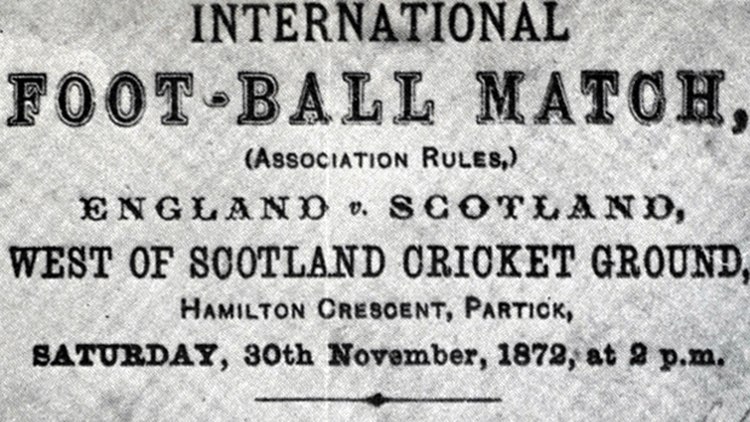
’Football’ existed in Scotland long before Queens Park was formed as the first Scottish club in 1867, with a mention of the game going as far back as 1424 when King James I banned people from playing it. That game was distinctly different from the game we know today as Association Football, having more in common with rugby that ‘soccer’. In fact, even when football did start to make its way up from England it was still played differently North of the border. The Scottish ruled allowed all players to handle the ball rather than just the goalkeepers.
In 1870 and 1871 matches were played between representative teams from England and Scotland, though they’ve never been classified as official games by FIFA. It was the early 1870s when the Scottish game started to become more like the English one, though, adopting the rules that, by and large, we still play with today.
